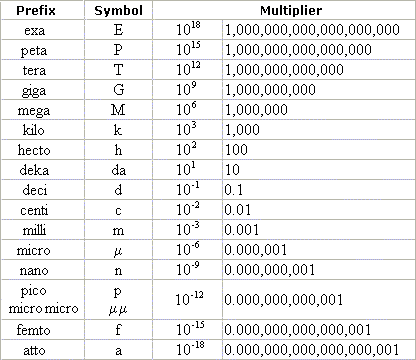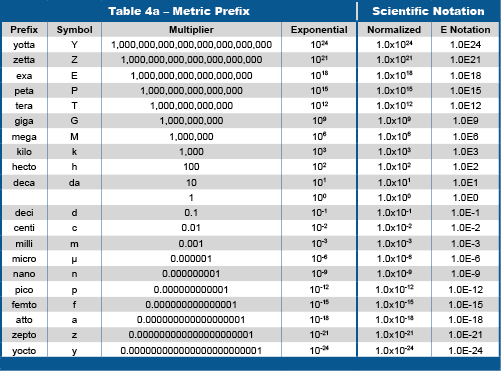XWrench3
Daemon Poster
- Messages
- 818
- Location
- W. MICHIGAN
i am admittedly old school, i like analog gauges and meters, but i do realize that sometimes you do just need to update, and buy, try, and adjust. so i own a nice pair of analog multi meters. and a couple of inexpensive digital ones as well. ( I use these so seldom anymore its not worth buying a $500.00 Fluke) i just bought an assortment of resistors for a project, so i thought i would use the digital ones since they are "self sensing for resistance ranges. that way i could sort them by ranges (ohms, 1K ohms, 100K ohms, etc.). the biggest thing that bugs me about digital ones is they very seldom settle on a steady number. they constantly wander over a small range. anyway, sorting these is not going as planned. first one of them is dead. the battery leaked, so that one is in the trash. then, rather than getting straight resistance readings in a range, i am getting decimal readings, which is confusing the heck out of me. electrical has never been my strong suit, which does not help. so in whole numbers, what does a reading of .564 K ohms mean? what about .329M ohms? i am pretty sure that "K" = 1000 and "M" = 100. but when it comes out as a decimal, its throwing me off kilter. i am going to take a stab at this, i am thinking that .564 K ohms = 564 ohms, and .329 M ohms = 32.9 ohms. the meter showed me lots of whole numbers in the 100's range and in the 10's range. so i dont understand why it read these as decimals. unless of course, my brain is a scrambled mess. 





